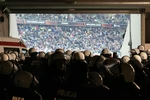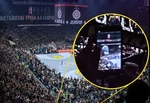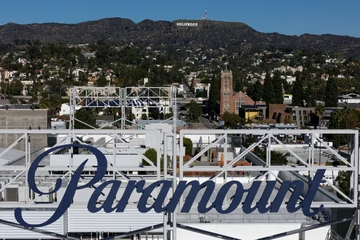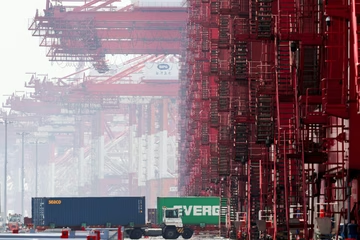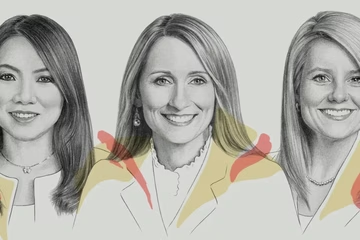Lifetime Yugoslav boss died 38 years ago

Oglas
Tito headed Yugoslavia for 35 years, took it out from the then Soviet block and was one of the founders and leaders of the Non-aligned Movement.
Over 200 heads of states, royalties, prime ministers and other high ranking politicians attended his funeral in Belgrade, including Mahatma Gandhi, Margaret Thatcher, Leonid Brezhnev and others.
He is buried in the yard of his Belgrade’s residence, which those who still respect his work from all over the former country visit every May 4 to lay wreaths and flowers.
Oglas
On Friday, a number of people, mostly members of the Antifascists' organisations, visited Tito’s grave site called The House of Flowers, queuing to pay respect and lay wreaths.
Wearing the so-called Tito’s cap with a five-pointed red star or T-shirts with Tito’s face on them, mostly older people but some youngsters too, all said they missed “the greatest leader ever.”
A man from Croatian Medjimurje said he had just joined friends from the town of Varazdin to lay a wreath together “on behalf of our organisation.”
Another man, from Macedonia, said he was there “only because of Tito’s Yugoslavia and for comrade Tito.”
Oglas
A woman from Belgrade said she came because she is a Yugo-nostalgic and that both her parents were partisans during the World War II under Tito’s command.
Another Belgrade's resident fought back tears saying: “I’m coming here for 37 years to thank the man who gave me the best 30 years of my life.”
At 3;05 pm on Friday, no sirens went off, but years after Tito's death, they did and people would stop whatever they were doing and honoured a minute of silence. The practice lasted for a decade.
Tito’s birthday, declared the Youths’ Day, was celebrated on May 25, though some historians believed he was actually born in March.
Oglas
His instant political legacy was a collective presidency of the leaders of the then six republics, with Serbia having two autonomous provinces – Vojvodina in the north and Kosovo in the south, rotating yearly at the country's helm.
Just under 11 years after his death Yugoslavia plunged into a war that left over 100,000 dead and many more wounded and displaced after Slovenia and Croatia declared independence in June 1991, which Belgrade opposed.
Bosnia and Macedonia followed suit, and finally, Montenegro left a union with Serbia, leaving the country Tito headed divided into six states, two of which are now the EU and NATO members.
The other four are queuing for either or both memberships, with Kosovo’s independence still not recognised by Serbia and some other world’s countries.
Kakvo je tvoje mišljenje o ovome?
Učestvuj u diskusiji ili pročitaj komentare
Oglas
Kakvo je tvoje mišljenje o ovome?
Učestvuj u diskusiji ili pročitaj komentare
Oglas
NAJČITANIJE
Oglas
Oglas
Najnovije
Oglas
Oglas





 Srbija
Srbija
 Hrvatska
Hrvatska
 Slovenija
Slovenija



















